You can also listen on:
Apple Podcasts / Spotify
In this episode of the Winning with Shopify podcast, Nick dives into lessons his agency’s PPC team learned last week alone - valuable, actionable insights from real client campaigns. Whether you're a beginner or a seasoned Shopify brand owner, these strategies could significantly improve your ROAS, conversion rates, and average order value. Let’s break it all down.
Is Google Shopping Still the Best Channel?
Performance Max (PMAX) campaigns often default to Google Shopping - and for good reason. It remains one of the most effective sales channels for many Shopify stores. But here’s the catch: only one-third of advertised products in one client’s PMAX campaign had actually made a sale.
The insight? Consider reallocating budget to focus on high-performing products. Running a campaign split - one for bestsellers, another for low performers - can reveal exactly where your budget is being wasted.
Are You Actually Using Your Customer Reviews?
Many brands collect glowing reviews but fail to use them effectively. In one test, changing how Trustpilot reviews were displayed (including their position and size on product and collection pages) led to a 111% uplift in SEO revenue and a 64% uplift in PPC revenue.
If you're not already A/B testing how and where you display reviews, start now. It’s not just about having them - it’s about how you use them.
Improve CPA Targeting with This Campaign-Level Hack
For those using CPA (Cost Per Acquisition) bidding, here’s a simple shift that made a big impact: set CPA targets at the campaign level, not at the ad group level. Google can then redistribute spend to the best-performing ad groups, helping you reach your overall CPA more efficiently.
In practice, this worked better than micro-managing individual ad groups with varying CPA targets.
PMAX vs Standard Shopping: What You Need to Know
PMAX gives Google full control - across Shopping, Display, YouTube and Gmail. Standard Shopping gives you more control, but fewer channels.
One successful strategy tested by Nick’s team? Running two asset groups within PMAX: one ‘blank’ (just product listings) and one packed with assets (images, headlines, video, etc.). The result was a more balanced top-of-funnel and bottom-of-funnel mix, giving Google more flexibility without losing focus.
The Power of Price Assets
Want to stop paying for clicks from the wrong audience? Price Assets in PMAX text ads are a free, effective tool to filter out low-intent traffic. If someone sees your “£1,000+ office desks” pricing in the ad, they’ll self-select out if they’re looking for something cheaper - saving you money.
Boost Conversions with Strategic Discounts (or Not)
Here’s a psychology twist: offering free delivery often converts better than offering £5 or even £10 off - even when the cost of delivery is only £4.50.
It’s not always about the actual value. Test what resonates more with your audience. “Free” often wins.
Increase AOV with Smarter Shopping Titles
Want higher average order values (AOV)? One wine brand tested adding “Buy a case” to single bottle product listings. That simple tweak encouraged shoppers to build their own cases - and it worked. Another test added words like “Top-rated” and “Best-seller” to Shopping titles, resulting in higher click-through rates and revenue.
The 80/20 Budget Rule Every Brand Should Try
Most brands find that 20% of their products generate 80% of their sales. If you’re spending equally across your catalogue, you could be losing out. Identify your top-performing products and reallocate budget accordingly.
Similarly, if you know which products are frequently bought together - like a lamp, shade, and bulb - use that data to build smart bundles and serve related ads. Yes, bundling on Shopify can be clunky, but it’s often worth the effort.
Why Broad Match Isn’t Dead - If You Do It Right
Broad match keywords often get a bad rep for attracting irrelevant clicks. But when paired with a low CPC bid or maximise conversion strategy, they can drive high-volume, low-cost traffic. Just be careful: this approach only works at the extreme ends - either go niche and specific, or go broad and cheap. Don’t sit in the middle.
The Boldest Move? Doubling Your Prices
Nick’s team ran a bold experiment: doubling a client’s prices overnight. The result? Sales volume dropped by 30%, but revenue jumped by 40%. Why? Higher profit margins and lower fulfilment costs.
Use tools that test price elasticity by incrementally increasing prices. You might find your audience is willing to pay more than you think.
These insights aren’t theory - they’re battle-tested learnings from real campaigns. The overarching message? Test everything. Every audience and product is different, so what works for one brand might not work for another. But with smart experimentation and close attention to data, you’ll uncover the strategies that make your paid ads truly profitable.
Have questions or want Nick to review your own Google Ads campaigns? Send them to hello@winningwithshopify.com and get your answers straight from the source.
Check out the full podcast here.
This episode was brought to you by Nick Trueman, Director of PPC & SEO Agency, Spec Digital

